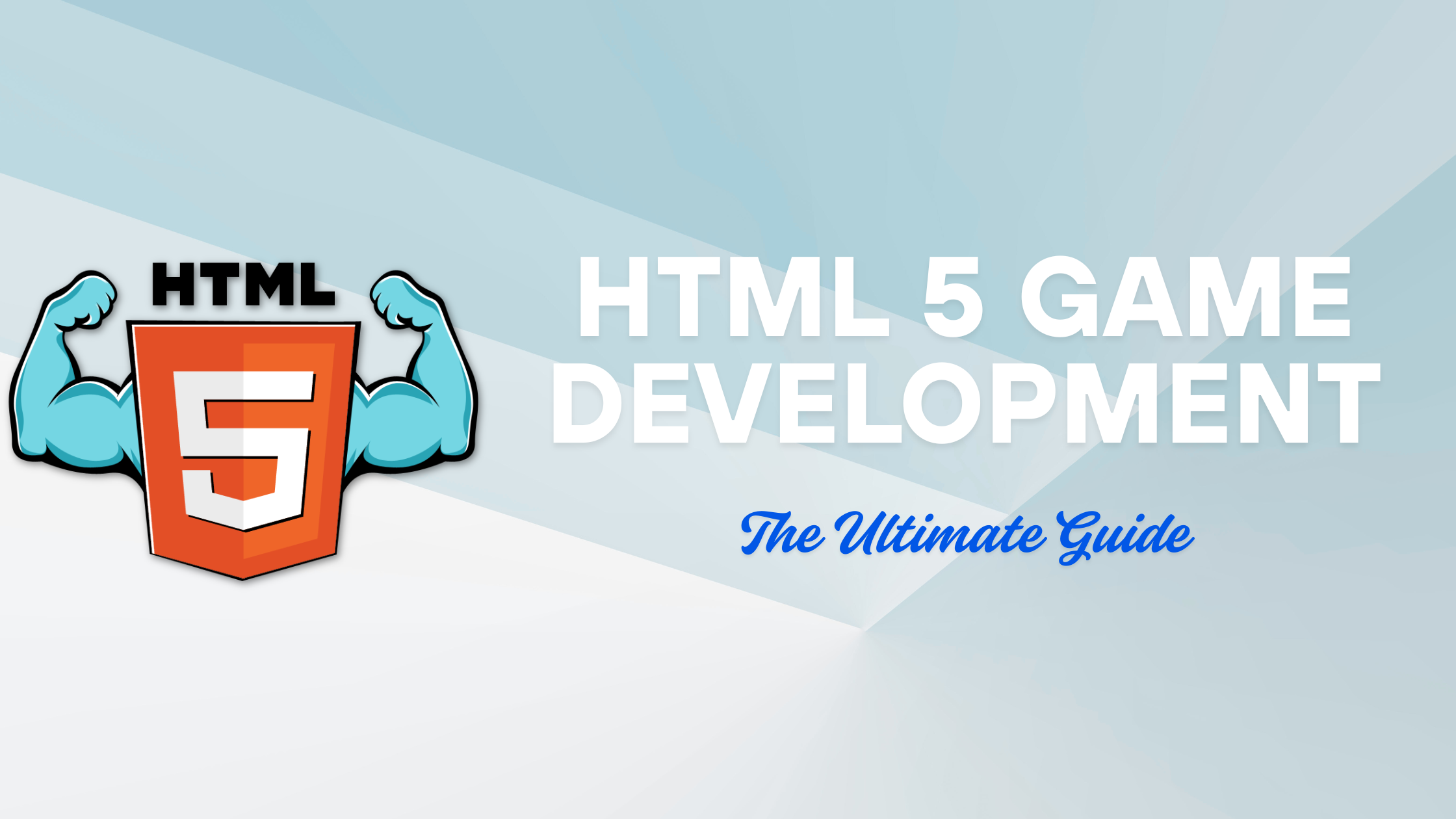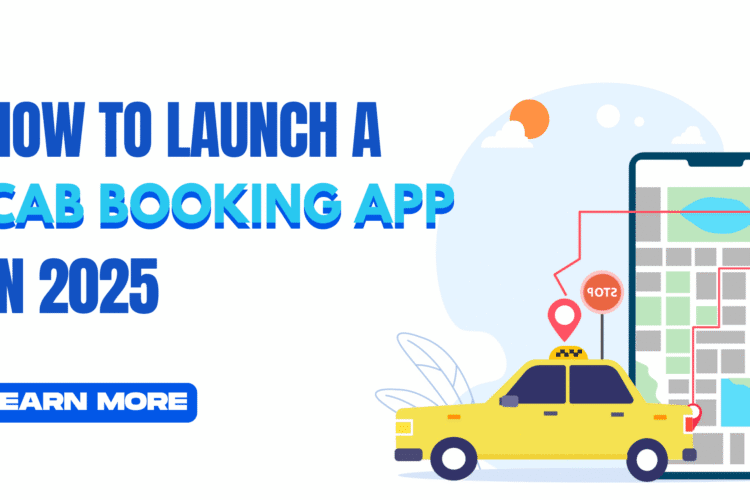
Explore HTML5 game development, where the most cutting-edge internet standards enable engaging, multi-platform gaming. From the initial concept to the game’s launch, this comprehensive guide will provide you with the latest business information, step-by-step processes, as well as essential tools to have, along with a team at Infayou Digital to bring your game’s ideas into reality.
1. What Are HTML5 Games?
HTML5 games are browser-based, interactive games built with the core web technologies, including HTML5, CSS3, and JavaScript. In contrast to traditional games that are downloaded and run on a computer, they can be played directly from every modern browser on smartphones, desktops, and even tablets. A few blend WebGL to render 3D images, some rely on the Canvas API to create stunning 2D graphics.
Voice-search snippet (answer-ready):
“HTML5 games are games that run on browsers created using HTML5, CSS, and JavaScript and are playable immediately on both mobile and desktop computers without installing.”
These games provide:
- App Stores and downloads are not approved.
- Universal compatibility for all different
- Rapid updates and instant playability.
2. Key Benefits of HTML5 Game Development for Business
- Cross-Platform Reach
HTML5 games are compatible with all platforms: Windows, Mac, iOS, Android, and Windows without having to recompile for every platform. - Lower Time & Cost to Market
Reuse the same codebase, modify it quickly, and then deploy immediately. - No App Store Approval Bottlenecks
Directly publish to your site. Live update without waiting for feedback. - Instant Engagement & Sharing
Users can participate and instantly share links. No friction, no abandonment. - Seamless Social & Marketing Integration
Embed advertisements, analytics, as well as social media sharing using JavaScript-compatible SDKs. - Monetization Flexibility
The options include ads in-game and sponsorships. Freemium upgrades, as well as others.
For businesses–e-learning platforms, marketing teams, and edu-tech firms–HTML5 game development enables fast, scalable, and trackable interactive experiences.
3. Step-by-Step HTML5 Game Development Process
3.1 Step 1: Concept & Ideation
The game’s definition is:
- Audiences targeted (kids or casual gamers, professional gamers)
- Platform & distribution (website, social media, embeds)
- Core mechanics (match-3, platformer, educational quiz)
- Monetization (ads and in-app purchases brand sponsorships)
Voice-search prompt-friendly:
“Tell me the steps I need to follow to begin with an HTML5 game development project.”
3.2 Step 2: Design & Art Direction
- Wireframes & Mockups: Map out UI flow–main menu, gameplay, pause, etc.
- Artwork: Select a style – flat 2-D or pixel art, vector, or a simple 3D. Make sure your assets are optimized for delivery on the web (minified Spritesheets, SVGs, or compression of images).
3.3 Step 3: Architecture & Planning
Plan your:
- Framework for games or game engines (Phaser, CreateJS, Pixi.js, and Babylon.js)
- Structure of code (modular JSP, ES6 Classes, the MVC pattern)
- Asset pipeline (sprites, sounds, levels, local storage/cloud sync)
3.4 Step 4: Development
The core areas of the following:
- Rendering: Choose Canvas API for 2D or WebGL to render 3D across all platforms.
- Game Loop: Implement update-draw cycle using requestAnimationFrame().
- Input Handling: Support for touch gamespads, keyboards, and gamepads.
- Physics & Collision: Use built-in or external physics (Matter.js or Box2D).
- GameLogic: Manage states of AI, entities, and behaviors.
- Audio: Connect Web Audio API or Howler.js for music and sound effects.
- Data Handling: Utilize LocalStorage or IndexedDB and backend APIs to save high scores and other preferences.
3.5 Step 5: Testing & Optimization
- Testing cross-browser/device compatibility: Chrome, Safari, Firefox, Edge, iOS, and Android browsers.
- Performance profiling: Reducing the number of draw calls, rendering in batches, as well as lazy-loading assets.
- Resilience and Accessibility: UI adapts across screens. Add alt-text; avoid blocking screen readers.
- Support for localization: Allow customized language for audiences across the globe.
3.6 Step 6: Deployment & Delivery
- Server configuration: Configure your server using Node.js/Express as well as static web hosting (Netlify, Vercel) that uses gzip compression as well as HTTPS.
- Caching strategies: Implementing cache-busting in new versions.
- Integration of Analytics: Add Google Analytics, Mixpanel to track your behavior.
- SEO & Visibility: Use descriptive titles/meta tags. Improve page load speed, organize data, and preview images.
3.7 Step 7: Marketing & Monetization
- SEO to optimize your game’s page for search engines. Utilize keyword phrases such as “play (your game) online for free.”
- Meta tags for social sharing: Open Graph and Twitter Card images.
- Integration of ads: Place advertising units in a way that is safe for UX.
- Campaigns: Email, influencer outreach, and communities.
- Wrappers for App Stores, optional packaging using instruments such as Cordova and PWAs.
3.8 Step 8: Maintenance & Updates
- Live updates: Update new levels or content without downloading from users–just refreshing your browser.
- Testing A/B: Test UI layouts, advertising locations, and monetization models.
- Feedback loop from users: Embed survey, analytics, and other support channels.
4. Essential Tools for Your HTML5 Game Development
| Category | Tools / Frameworks |
| Game Engines / Libraries | Phaser 3, Pixi.js, Babylon.js, CreateJS, PlayCanvas |
| Asset Creation | Aseprite (pixel art), Adobe Photoshop/Illustrator, Blender (3D), freepik |
| Code & Build Tools | Visual Studio Code, WebStorm, Webpack, Rollup, Babel, ESLint, Prettier |
| Version Control | Git + GitHub/GitLab/Bitbucket |
| Testing & Debugging | Chrome DevTools, Firefox DevTools, BrowserStack, and Sauce Labs |
| Backend Services / APIs | Node.js/Express, Firebase, AWS Amplify |
| Analytics & Monetization | Google Analytics/Firebase, Mixpanel, AdSense, IronSource, Chartboost |
| CI/CD | GitHub Actions, GitLab CI/CD, CircleCI |
| Deployment Platforms | Netlify, Vercel, Surge.sh, AWS S3 + CloudFront |
This tool allows you to create games that are playable, scalable, and also monetizable HTML5 games faster.
5. Enjoy this HTML5 Game Development Experience through Infayou Digital, It’s Your No. 1 Coding Partner
At Infayou Digital, we are experts in the creation of immersive and high-performance HTML5 games specifically tailored to the goals you have in mind: education, marketing, entertainment, and branding activations. We can help you improve the quality of your HTML5 gaming experience:
Strategic Ideation & Consulting
We assist you in defining your game’s idea, pinpointing the target market, as well as determining the game’s mechanics that are compatible with your business objectives, such as lead generation, branding exposure, or even e-learning results.
Expert Prototyping & Rapid MVPs
Quick-turn prototypes using Phaser or Pixi.js let you validate ideas before full-scale production–minimizing time and cost to market.
End-to-End Production Excellence
From the visual design phase to audio, physics, loops of gameplay, as well as smooth UI/UX design, we take care of the whole game design process, creating responsive, cross-platform, and mobile experiences designed for efficiency and user engagement.
Seamless Integration & Deployment
We pack games into PWAs or incorporate them in WordPress, Shopify, or other custom applications. Analytics, ads SDKs as well and content updates are included as well.
Ongoing Support & Analytics-Driven Growth
Following launch, we offer live-game changes, A/B-tested improvements, tweaks to monetization, and deep analytics for the monitoring of player behaviour.
Why Choose Infayou Digital?
- A proven track record in HTML5 game development, as well as collaborations with marketing
- Transparent workflows and timeliness, as well as real-time game tracking
- Support for the full cycle from design through deployment and subsequent iterations
READ ALSO: Best LUDO Game Development Company
6. FAQs:
Q: What are HTML5 games?
The answer is HTML5 games refer to games that are played on the web that are built with HTML, CSS, and JavaScript that can be played instantly on any browser of the present.
Q: Will HTML5 games be played offline?
A: Yes, by making use of manifest documents, HTML5 games can run offline, referred to as Progressive Web Apps (PWAs).
Do you think HTML5 games are beneficial to use in business?
They provide fast deployment, cross-device reach, as well as easy monetization using advertisements, sponsorships, or through in-game purchases.
How long does HTML5 game development last?
From idea to release, a simple 2D game is built within a couple of weeks. More complex games may take several months, based on the quality and scope.
HTML5 game development can be your access to a fast, multi-platform, cross-platform, and monetizable gaming experience all within the internet environment. By utilizing a well-planned strategy, appropriate tools, and an experienced partner such as Infayou Digital, your game can be launched faster, evolve swiftly, and develop rapidly.
We can help you create games that can be played instantly with no downloads needed–and leave a lasting impression on your target audience as well as your company’s goals.

Are you ready to turn your HTML5 gaming dream into a possibility? Contact Infayou Digital, your No. 1 HTML5 development partner, today.


